If you're looking to build a garden that's beautiful year after year with very little effort, perennial flowers are your best friends. These plants come back each season, saving you time and money, and many are perfect even for beginner gardeners.
Whether you want to attract pollinators, enjoy colorful blooms, or fill up space with low-maintenance greenery, these 21 perennials will help you create a stunning and easy-care garden.
Black-Eyed Susan (Rudbeckia)
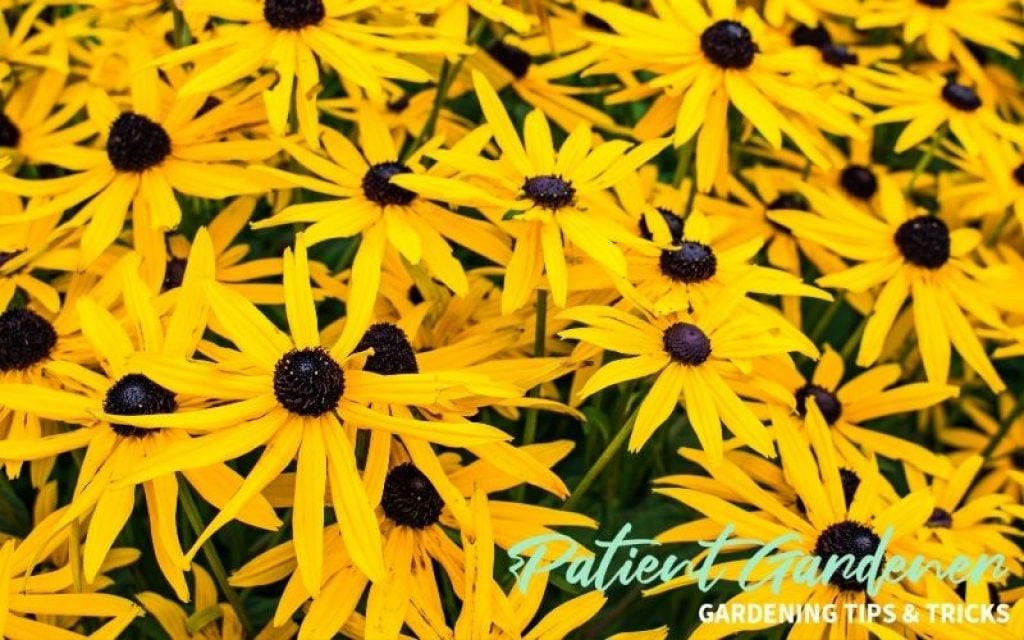
Black-eyed Susan is a cheerful, daisy-like flower with bright yellow petals and a dark center. It’s one of the most recognizable and easiest perennials to grow, thriving in a wide range of conditions. Whether you have full sun or a bit of partial shade, this plant will usually do just fine.
These flowers bloom from summer into fall and keep their color for a long time. Once established, they don’t need much care. Just make sure the soil drains well, and they'll reward you with a long-lasting show of color. They’re also great for cutting and bringing indoors.
Black-eyed Susan is a magnet for bees and butterflies. Not only will it bring beauty to your garden, but it’ll also support local pollinators. Once planted, it often reseeds itself, which means you may see new flowers popping up on their own in future seasons.
Coreopsis
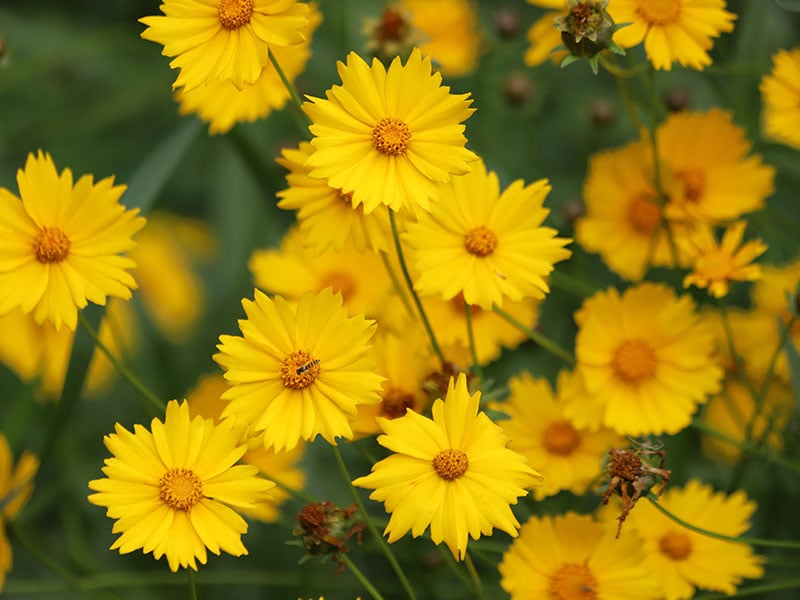
Coreopsis is a sunny and easy-going plant that brings tons of little yellow flowers to the garden. It’s often called “tickseed,” and it grows well in poor soil, dry spots, and full sun. This makes it perfect for low-maintenance gardeners or those who don’t want to fuss over their flower beds.
These plants bloom for a long time, often from early summer through fall. They handle heat and drought like champions and don’t usually have trouble with pests or diseases. If you give them a trim after the first round of blooms, they’ll often come back with even more flowers.
Coreopsis is also great for wildlife gardens. Bees and butterflies are drawn to it, and some birds enjoy the seeds in the fall. It's a perfect pick if you want a burst of color that you barely have to think about once it’s planted.
Echinacea

Echinacea, also known as coneflower, is a favorite for good reason. Its tall, sturdy stems hold large flowers with purple-pink petals that droop back from a raised, spiky center. This classic perennial is not only beautiful but also very tough and dependable.
Echinacea loves full sun and isn’t fussy about soil, making it an excellent choice for beginners. It’s also drought-tolerant once it’s settled in. With its long bloom time from summer into fall, it adds reliable color when other plants might be fading.
In addition to being low maintenance, echinacea is great for pollinators. Bees, butterflies, and even hummingbirds love the flowers, and in the fall, the seed heads attract birds like goldfinches. Leave the spent flowers standing through winter for added interest and wildlife support.
Salvia
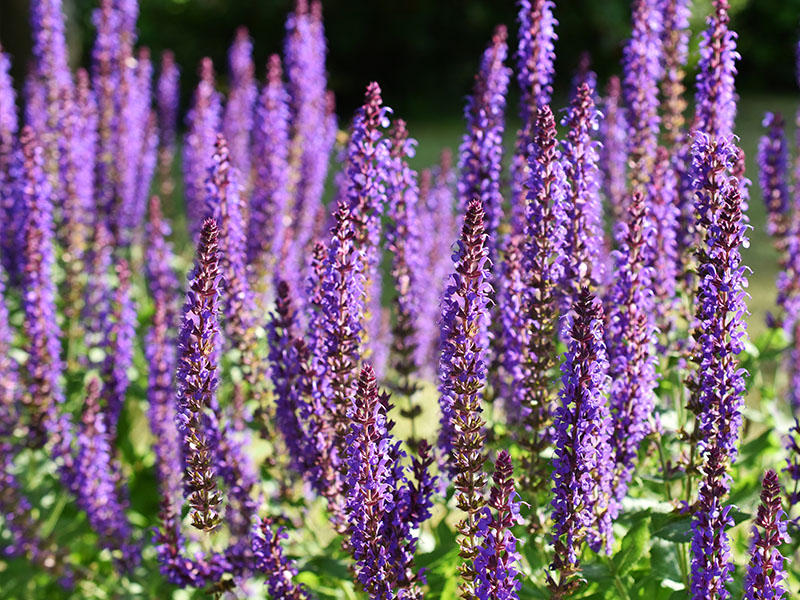
Salvia is a striking perennial known for its tall spikes of deep purple or blue flowers. It’s a great way to add vertical interest and color contrast to your garden. Salvia thrives in full sun and does especially well in dry or hot climates.
Once it starts blooming in late spring or early summer, salvia keeps going with little effort. It doesn’t need much watering and isn’t picky about soil, as long as it’s not too wet. Deadheading spent flowers can help encourage more blooms.
Salvia is also a pollinator favorite. Bees, butterflies, and hummingbirds all love it, so planting salvia helps your garden come alive. Plus, many varieties are deer- and rabbit-resistant, making it a solid choice if you have wildlife browsing your garden.
Catmint
Catmint is a wonderful plant for gardeners who want a soft, flowing look in their flower beds. It has silvery-green leaves and delicate purple-blue flowers that bloom in early summer and often keep going with just a little trimming. It forms a nice mound and can spill attractively over edges or paths.
This plant is super easy to grow and doesn’t need rich soil or lots of water. It actually prefers things on the dry side and does best in full sun, though it can tolerate some shade. Once established, it’s very drought-tolerant and doesn’t require much fuss.
Catmint is loved by pollinators and is often buzzing with bees when in bloom. Despite its name, it’s not the same as catnip, though cats may still be drawn to it. Its lovely scent and tidy growth make it a favorite for borders, cottage gardens, and herb gardens alike.
Aster
Aster is a late-season bloomer that brings a burst of color just when most summer flowers are fading. With star-shaped flowers in shades of purple, blue, pink, or white, asters are a beautiful way to extend your garden’s bloom time into fall. They work especially well in borders, pollinator gardens, or wildflower-style plantings.
These perennials like full sun and well-drained soil, and they’re pretty low maintenance once they’re established. Asters can handle some drought but will look their best with regular watering during dry spells. You can pinch them back in early summer to keep them bushy and compact.
Asters are especially attractive to butterflies and bees at the end of the season when fewer nectar sources are available. If you leave the flowers standing through winter, birds may also visit to eat the seeds. They're a great plant for gardeners who want to keep the garden lively late in the year.
Blanketflower
Blanketflower, or Gaillardia, is a tough, sun-loving plant that brings a vibrant mix of red, orange, and yellow to the garden. Its daisy-like blooms have a wildflower look that fits right in with naturalistic or drought-tolerant garden styles. These flowers often keep blooming from early summer all the way into fall.
One of the best things about blanketflower is how easy it is to grow. It doesn’t mind poor soil or dry conditions and can thrive with minimal care. Just plant it in a sunny spot and give it good drainage, and it’ll reward you with months of cheerful color.
Blanketflowers are great for attracting pollinators like bees and butterflies. They also make lovely cut flowers. If you let some blooms go to seed, the plant may reseed itself and return the next season without any extra work from you.
Heliopsis
Heliopsis, often called false sunflower, is a bright and dependable plant that brings classic yellow blooms to your garden. It looks a lot like a sunflower, but it’s a perennial, so it’ll come back year after year. Its long stems make it a good choice for the back of a border or as a sunny centerpiece in a flower bed.
Heliopsis grows best in full sun and likes average soil. It’s fairly drought-tolerant once it gets established and can handle summer heat without wilting. The tall stems may need a bit of support in windy spots, but otherwise, it doesn’t need much care.
This plant is a magnet for pollinators, especially butterflies and bees. It also holds up well as a cut flower and can add a sunny touch to bouquets. The blooms last a long time, and if you deadhead them, you can often extend the flowering even longer.
Blazing Star
Blazing star, or Liatris, is a unique-looking perennial that stands out with its tall, spiky flowers in shades of purple, pink, or white. The blooms open from the top down, creating a fluffy, bottlebrush effect that’s very eye-catching. It's a fantastic way to add vertical interest to your garden.
This plant thrives in full sun and well-drained soil, and it’s very tolerant of heat and drought. It doesn’t need rich soil, and it’s usually unbothered by pests or diseases. Once planted, it just keeps coming back with minimal attention.
Blazing star is loved by butterflies, bees, and other pollinators. It’s also a good choice for cutting gardens, with blooms that last well in a vase. In addition to its striking flowers, the plant has grass-like foliage that stays neat and tidy, even when it’s not in bloom.
Iris
Iris is a graceful perennial that adds elegance to any garden with its tall stems and intricately shaped flowers. These blooms come in almost every color, from classic purples and blues to whites, yellows, and even bi-colored varieties. Irises are early bloomers, often showing up in late spring or early summer.
These plants like full sun and well-drained soil, especially if you’re growing bearded iris, which is one of the most common types. They don’t need much watering once established, and they can tolerate drought. Just make sure the rhizomes are planted at the surface and not buried too deeply.
Irises are not just beautiful—they’re also easy to care for and multiply over time. You can divide the clumps every few years to keep them healthy and to spread them to new parts of your garden. With their striking flowers and easygoing nature, irises are a garden favorite for a reason.
Bee Balm
Bee balm is a bold and lively perennial that brings both color and fragrance to the garden. Its unique, tufted flowers look a bit like little fireworks and come in shades of red, pink, purple, and white. As the name suggests, bee balm is a favorite of bees, but it also attracts butterflies and hummingbirds in droves.
This plant prefers full sun but can tolerate some light shade, especially in hot climates. It does best in rich, moist soil but can adapt to average conditions as long as it gets enough water. Bee balm spreads through underground roots, so over time, you might get a larger patch than you started with—but it’s easy to control by digging or dividing clumps if needed.
In addition to its showy flowers, bee balm has fragrant leaves that smell a bit like oregano or mint. You can even use them to make tea! With its bright blooms and wildlife appeal, bee balm is a fun, fuss-free plant that adds excitement to any garden.
Yarrow
Yarrow is a classic, no-fuss perennial known for its fern-like leaves and flat-topped flower clusters that bloom in a rainbow of colors—from white and yellow to pink and red. It’s a hardy plant that thrives in full sun and dry soil, making it perfect for tough spots in the garden where other flowers might struggle.
Once established, yarrow is incredibly drought-tolerant and doesn’t require much care. It actually prefers poor soil, and too much fertilizer can make it floppy. If you give it a trim after its first bloom, you might get a second round of flowers later in the season.
Yarrow is great for attracting pollinators, especially butterflies. Its flowers are long-lasting and look lovely in fresh or dried arrangements. With its soft texture and reliable blooms, yarrow fits beautifully into cottage gardens, wildflower meadows, or sunny borders.
Baptisia
Baptisia, also known as false indigo, is a tall, shrubby perennial with pea-like flowers that bloom in shades of blue, purple, white, or yellow. It blooms in late spring to early summer and has lovely blue-green foliage that stays attractive even after the flowers are gone.
This plant is incredibly tough and long-lived. Once established, it doesn’t need any extra watering and actually prefers to be left alone. It grows best in full sun and well-drained soil, and it doesn’t mind poor or rocky areas. Baptisia may take a couple of years to really get going, but once it does, it’ll thrive for decades with almost no effort.
Baptisia also adds structure and interest to the garden year-round. Its seed pods turn a shiny black in the fall and can be left on the plant for winter interest or used in dried flower arrangements. It’s a fantastic choice if you want a big, bold plant that you don’t have to baby.
Hibiscus
Perennial hibiscus is a stunning plant that produces some of the biggest flowers you’ll ever see in a garden. The blooms can be as large as dinner plates and come in beautiful shades of pink, red, or white. Despite its tropical look, this plant is hardy in many areas and returns each year with a dramatic show.
Hibiscus loves the sun and prefers rich, moist soil. It needs regular watering during dry spells, especially when it’s actively growing. While it dies back completely in the winter, don’t worry—it’s just resting. It will shoot up again in late spring or early summer and can reach several feet tall by midsummer.
This plant is a real attention-grabber and works well as a focal point or in the back of a sunny border. It also draws in pollinators like bees and butterflies. If you want a plant that makes a statement and rewards a little care with big, bold blooms, hibiscus is a great choice.
Sedum
Sedum, also called stonecrop, is a tough and tidy perennial that thrives on neglect. It’s a succulent, which means it stores water in its thick leaves and can go for long stretches without rain. There are many types of sedum, but tall varieties like ‘Autumn Joy’ are especially popular for their pink blooms that arrive in late summer.
Sedum grows best in full sun and well-drained soil. It actually prefers dry, poor soil and doesn’t need fertilizer. Once planted, it will grow slowly but steadily, forming neat mounds that are great for borders, rock gardens, or areas with limited water.
This plant is also a magnet for pollinators, and the dried flower heads can be left standing through winter for added texture and visual interest. Sedum is one of those plants you can “set and forget,” making it perfect for busy gardeners or spots where other plants might not survive.
Columbine
Columbine is a delicate-looking flower with a graceful, woodland charm. Its blooms come in a variety of colors—blues, purples, pinks, and yellows—and have a unique, bell-like shape with long spurs at the back. Despite its dainty appearance, columbine is actually a hardy and reliable perennial that grows well in both sun and part shade.
Columbine is perfect for cottage gardens, shaded borders, or wildflower patches. It prefers well-drained soil and will bloom in spring and early summer, adding color just as the garden is waking up. Once the flowers fade, its soft, ferny foliage remains attractive through the rest of the growing season.
This plant is a favorite of hummingbirds and bees, and it will often self-seed around the garden if left alone. That means you might see new little columbine plants popping up each year, giving your garden a natural and free-flowing look with very little effort.
Hosta
Hosta is one of the easiest and most dependable plants for shade gardens. It’s grown mostly for its foliage, which comes in endless shades of green, blue, and even variegated white or yellow. Some have big, bold leaves while others have small, delicate ones—there’s a hosta for just about every style.
Hostas thrive in partial to full shade and like rich, moist soil, but they’re quite adaptable and can handle a variety of conditions. They’re also very low maintenance. Once planted, they come back year after year and often get bigger and better with time. Just watch out for slugs, which can nibble on the leaves.
In summer, hostas send up tall flower stalks with lavender or white blooms, which can attract bees and hummingbirds. They’re also great for filling in under trees or along shady pathways. With their lush look and easy care, it’s no wonder hostas are such a garden favorite.
Swamp Sunflower
Swamp sunflower is a tall and cheerful plant that brings bright yellow blooms to the garden in late summer and early fall. Despite its name, you don’t need a swamp to grow it—though it does love moist soil and full sun. This plant can reach up to six feet tall, making it a great choice for the back of a border or a naturalized area.
It grows quickly and blooms heavily, attracting bees, butterflies, and other pollinators. Once it gets going, it needs very little care aside from occasional watering in dry spells. If space is a concern, you can cut it back in early summer to encourage bushier growth and keep it more compact.
Swamp sunflower is perfect for adding late-season color and works well in rain gardens or near ponds. Its sunny flowers stand out beautifully against the fading greens and browns of fall, giving your garden one last burst of life before winter arrives.
Chrysanthemum
Chrysanthemums, or mums, are one of the last flowers to bloom before the frost, making them essential for fall color. Their blooms come in just about every shade—reds, oranges, yellows, purples, and whites—and can be single or double, depending on the variety. They look amazing in borders, containers, or as seasonal accents.
Mums prefer full sun and well-drained soil. Perennial varieties should be planted in spring so they have plenty of time to establish strong roots before winter. Once settled in, they’re fairly easy to care for—just pinch them back in early summer to keep them compact and full of buds.
These flowers are great for attracting late-season pollinators and keeping your garden lively when most other blooms are done. With a little planning and care, mums can return year after year, giving you that signature autumn look with very little effort.
Daylily
Daylilies are true garden workhorses. Each flower only lasts a day, but each plant produces so many buds that you'll enjoy weeks—or even months—of blooming. They come in almost every color, from soft pastels to deep reds and purples, and they’re incredibly easy to grow.
Daylilies thrive in full sun and well-drained soil, but they’re very forgiving and can grow in partial shade or less-than-ideal soil. They’re also drought-tolerant once established. You don’t need to deadhead them, but doing so can make the plants look tidier and encourage even more blooms.
One of the best things about daylilies is how reliable they are. They come back every year and slowly spread, forming larger clumps that you can divide and move around the garden. Whether you’re filling in a border or creating a big splash of color, daylilies are a sure bet.
Hellebore
Hellebore, often called the Lenten rose, is one of the first flowers to bloom in the year—sometimes even when snow is still on the ground. Its nodding blooms come in soft shades of white, pink, purple, green, or even near-black, and the petals can be solid, speckled, or marbled. This plant brings quiet beauty to the garden when everything else is still asleep.
Hellebores thrive in partial to full shade and prefer rich, well-drained soil. Once they’re established, they’re quite low maintenance and even tolerate periods of drought. They’re evergreen in many climates, which means you get attractive foliage all year long, and they’ll slowly spread over time to form dense, tidy clumps.
One of the best things about hellebores is how little they ask in return for the beauty they offer. They’re not bothered much by pests or disease, and deer and rabbits usually leave them alone. If you want a plant that brightens up the garden in late winter and early spring—and basically takes care of itself—hellebores are the perfect choice.

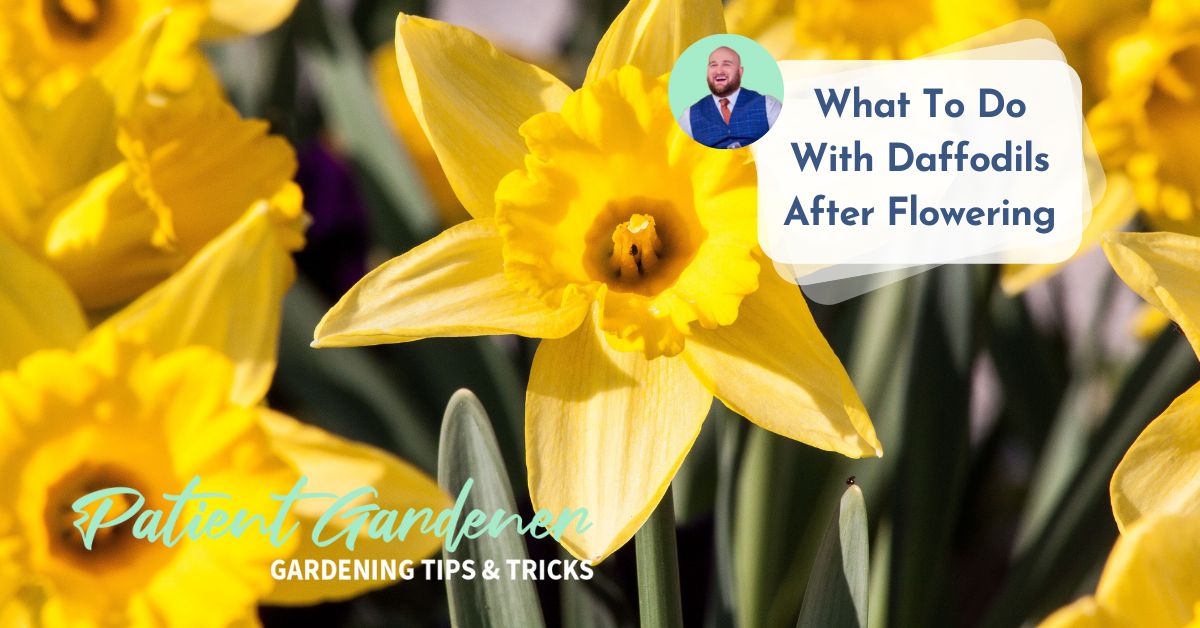
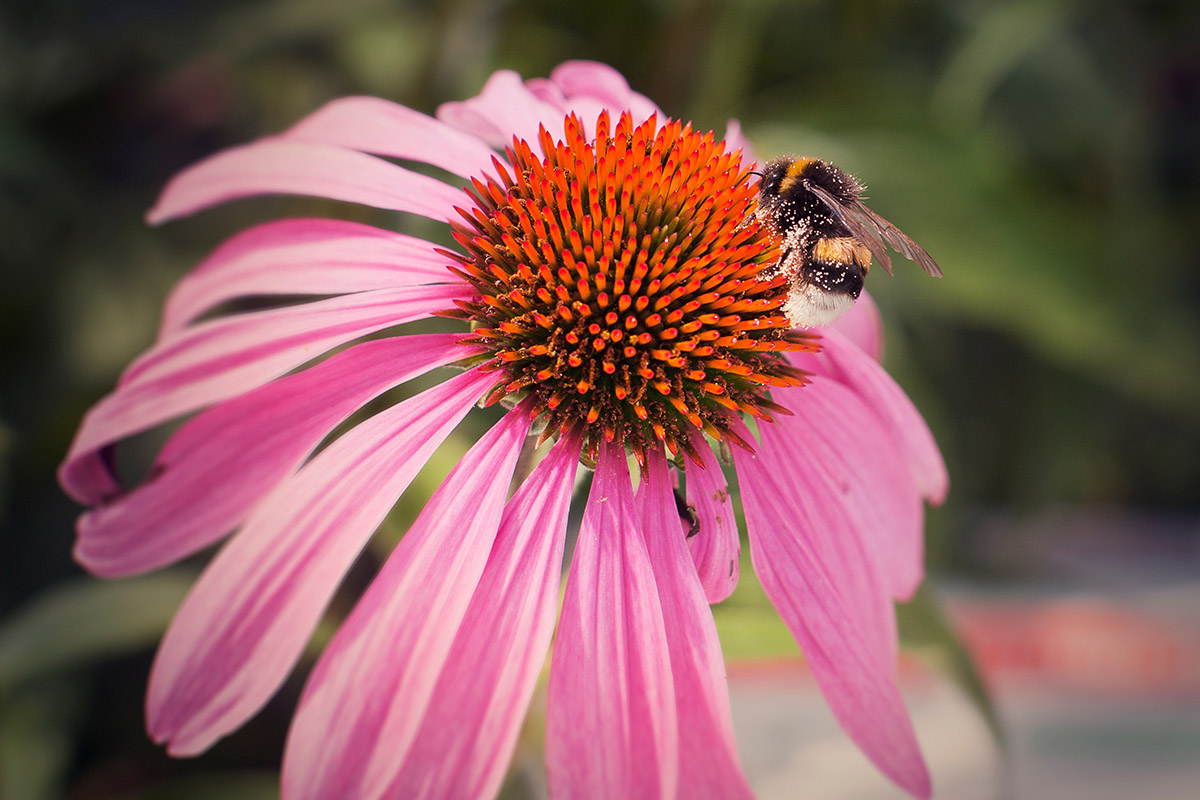
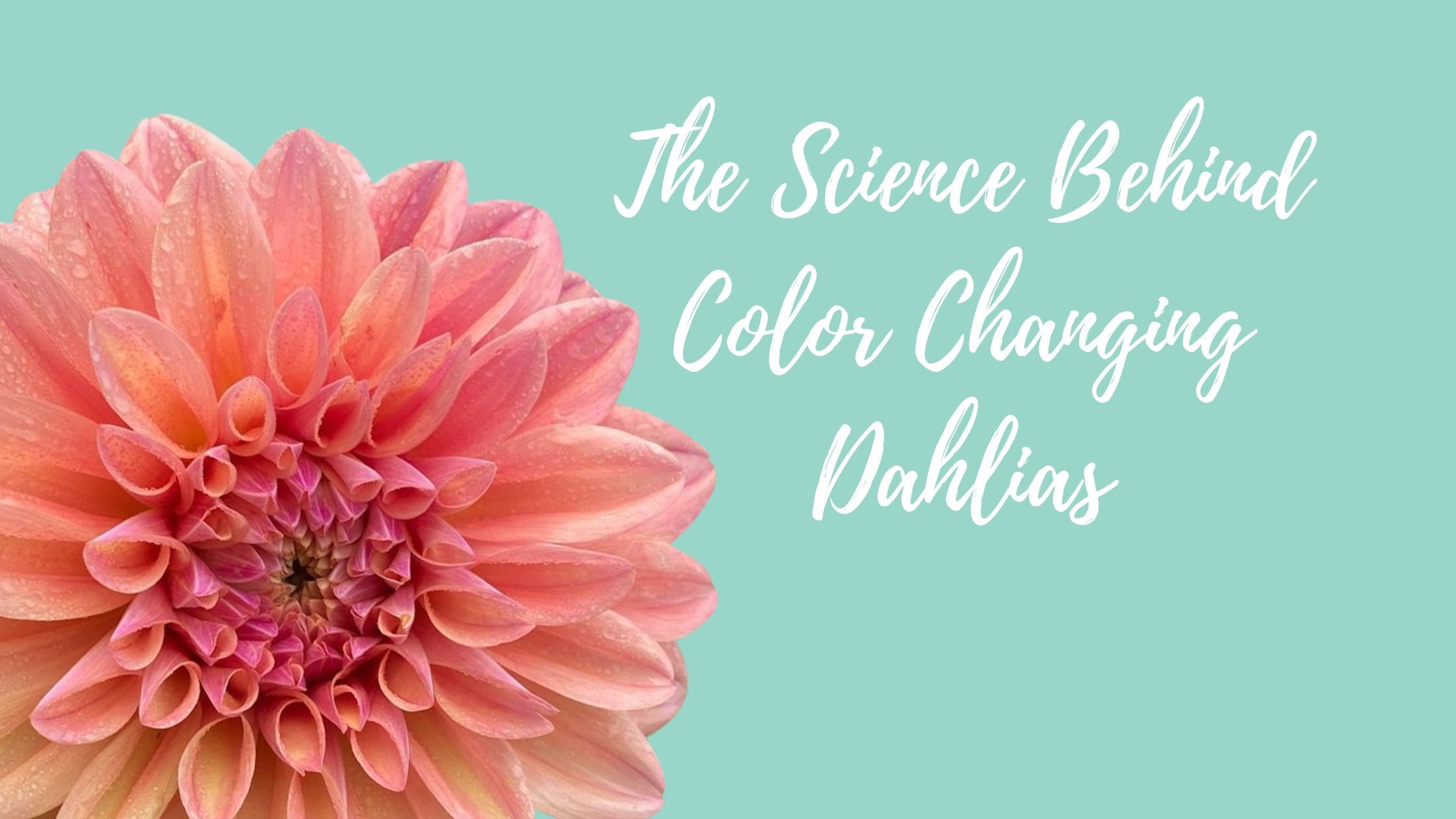
Leave a Reply